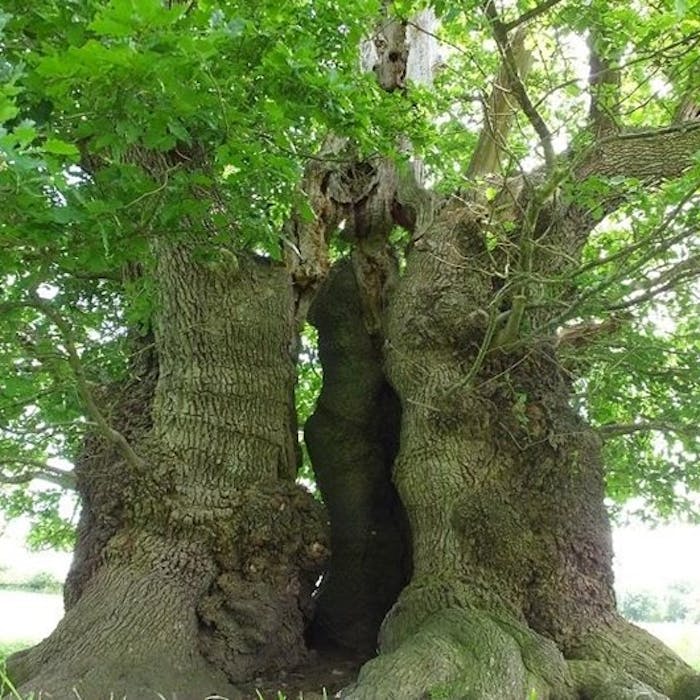
Britain's oldest trees
Ancient trees can be considered as much a part of our heritage as stately homes, cathedrals and works of art. But they arguably don’t get the same protection. It is believed that there are hundreds of very old trees still living, and yet not recorded as significant and properly protected.
The Woodland Trust is amongst those working hard to look after this amazing heritage.
So far over 180,000 trees have been recorded in the Ancient Tree Inventory, run by the Woodland Trust. It believes there are thousands of old or ancient trees in the UK, which are important to both heritage and wildlife.
The UK's oldest tree is considered to be the Fortingall Yew in the churchyard of the village of Fortingall in Perthshire, which is 2,000 to 3,000 years old. Other significant ancient trees include the 2,500-year-old Ankerwycke Yew near Runnymede which is thought to be the oldest in the care of the National Trust, and may have witnessed the events around the sealing of the Magna Carta in 1215, and King Henry VIII's wooing of Anne Boleyn in the 1530s.
Calke Abbey, Derbyshire, has two magnificent contorted and gnarly 1,000-year-old oaks, both true living sculptures, as well as another which is 800 years old, and in Hatfield Forest, Essex, which is the best-preserved medieval hunting forest in Europe, you can see hundreds of ancient pollards. These are trees which have had their upper branches pruned to prevent cattle and deer from eating the regrowth.
Identifying where ancient trees are to be found obviously takes them closer to giving them the care and protection they need, and the public are encouraged to assist in this process. Individual submissions about the oldest and most characterful trees helps identify ancient tree hot spots, monitor current threats and future losses, plan how best to conserve them in the future and much more.
The Woodland Trust project provides a map of all the ancient trees so far recorded, and details about some of the most remarkable examples.
Some amazing trees have been added to the inventory recently, including the hawthorn which survived Capability Brown and the third largest white elm in Britain.
Further reading
Links to external websites are not maintained by Bite Sized Britain. They are provided to give users access to additional information. Bite Sized Britain is not responsible for the content of these external websites.
